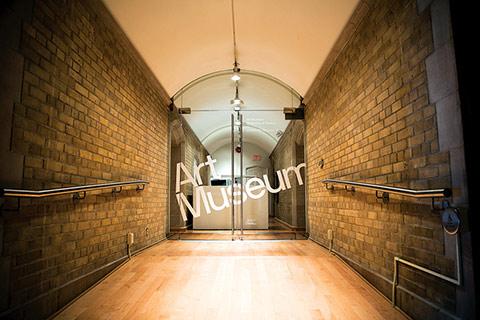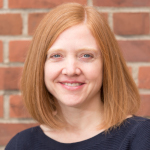Earlier this year, the Art Museum of the University of Toronto was born – a federation of the U of T Art Centre (UTAC) in University College and Justina M. Barnicke Gallery in Hart House that includes more than 7,000 holdings. Barbara Fischer, executive director and chief curator – as well as associate professor, teaching stream, at the Daniels Faculty of Landscape, Architecture, and Design – talks to Stacey Gibson about the change.
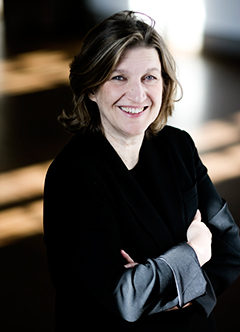
What does this cultural merger mean?
Two of U of T’s galleries – UTAC and the Justina M. Barnicke Gallery – are only 40 metres apart. For most of our history, we operated independently of each other, and that made it complex to communicate to a broader public. The federation is an opportunity to make both galleries more impactful, more effective in their operation and more visible, and to simplify how we communicate the larger program of exhibitions. The Art Museum is the umbrella term for these two galleries.
What is the function of the Art Museum?
Overall the purpose is really to bring the university to the city, and bring the city to the university – and to bring the world to the university. We’re a gateway in some ways: for research, for knowledge about art in its multiple manifestations and, through art, to the world.
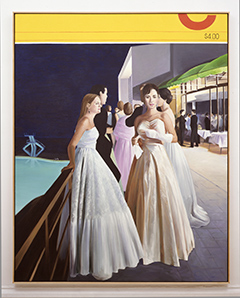
The Art Museum also offers multiple opportunities for students. For instance, through Hart House we have a volunteer group of students who are involved in educational events, including the acquisition of a work of art each year. We also employ many work-study students from various walks of learning. Annually, we host exhibitions by students from visual studies, curatorial studies and museum studies.
The Art Museum offers an experiential connection to intellectual and academic work. It’s almost what a lab is to science – with the difference that we are able to present that work through exhibitions and public events all year round to a public.
Do the exhibitions always run across both galleries?
Most of the time, our exhibitions span both spaces. For instance, we currently have “Form Follows Fiction,” a major exhibition that looks at 50 years of Toronto art and artists and involves nearly 100 artists [on until December 10]. But from time to time we will utilize our existing spaces to feature distinct projects.

What are your future plans?
We’re embarking on a major renovation, hoping to create a new entrance to the museum at UTAC, as well as a better visual link between both galleries. Our plan is also to make a better connection to the University College courtyard. We envision it becoming part of our programming – with outdoor projects, installations, receptions and more. We also need to improve wheelchair accessibility.
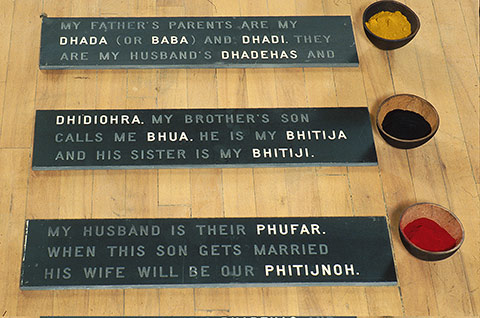
What do you hope people will take away from the Art Museum?
Coming to the Art Museum is an experience where instead of only reading or contemplating in your own space and time, by yourself, you can explore and talk about it with others. It creates a shared space and in that process you can become part of its possible futures.
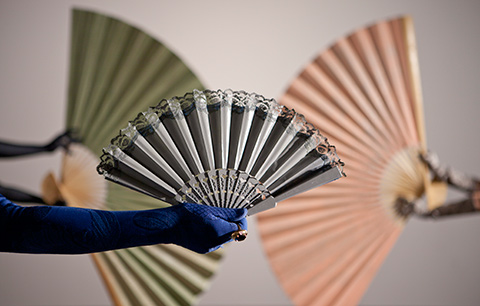
Read our profile of Luis Jacob, who will be curating this fall’s “Form Follows Fiction” exhibition.
Recent Posts
U of T’s 197th Birthday Quiz
Test your knowledge of all things U of T in honour of the university’s 197th anniversary on March 15!
Are Cold Plunges Good for You?
Research suggests they are, in three ways
Work Has Changed. So Have the Qualities of Good Leadership
Rapid shifts in everything from technology to employee expectations are pressuring leaders to constantly adapt


